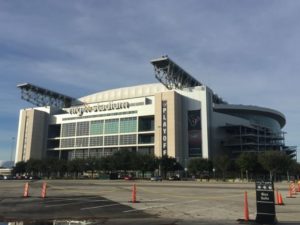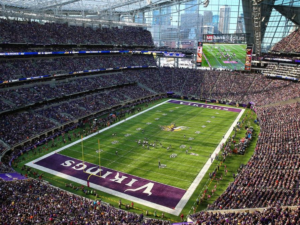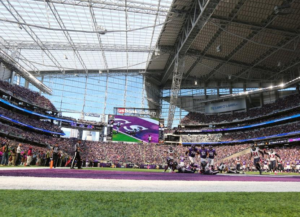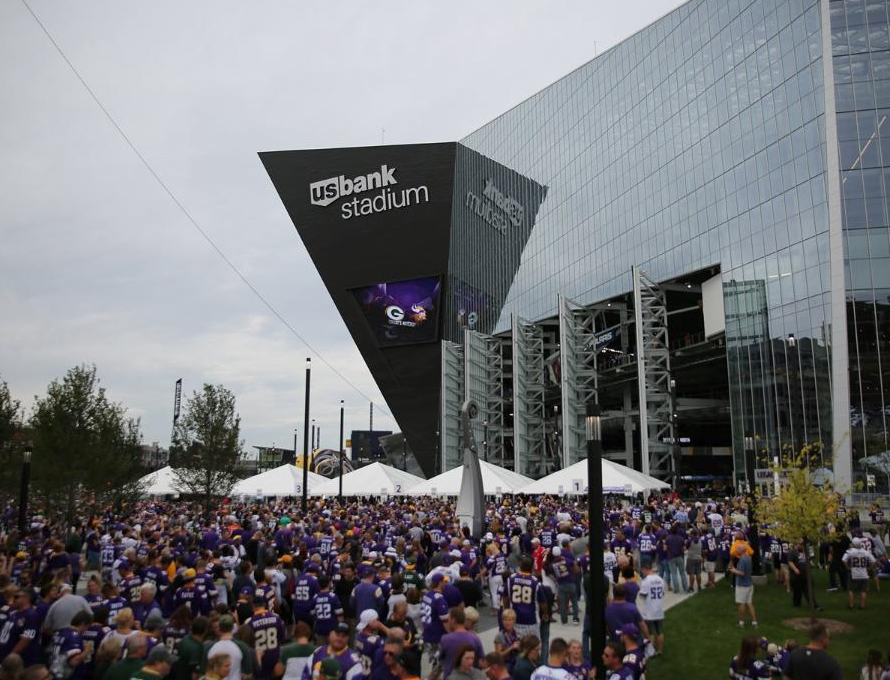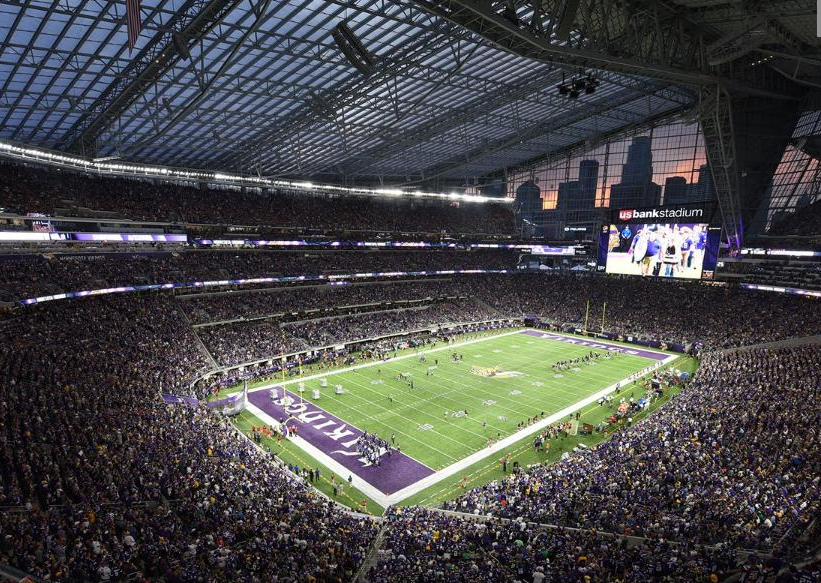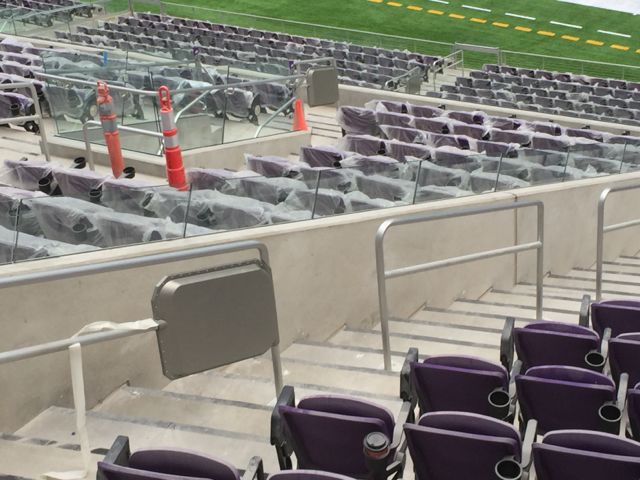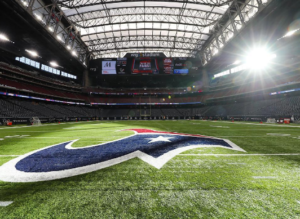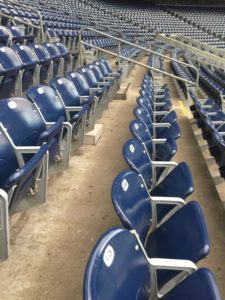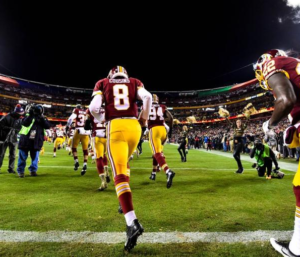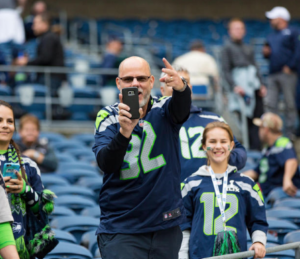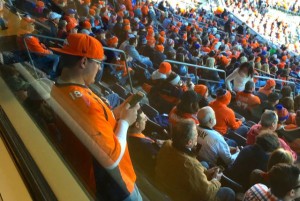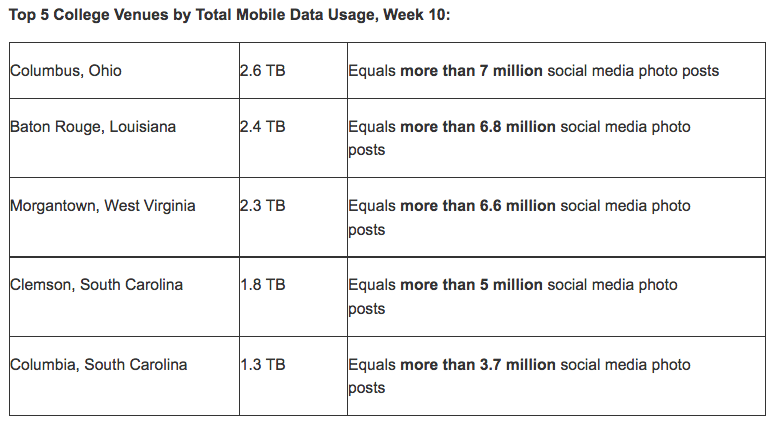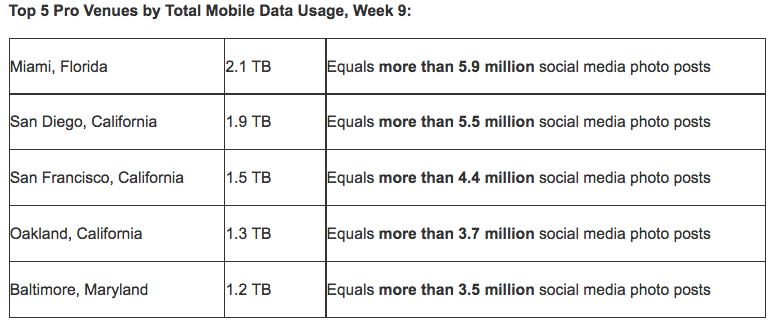Added to the 3.8 TB reported by AT&T on its networks, we now have a running total of approximately 4.6 TB of DAS usage for the Jan. 9 game between Clemson and Alabama, which Clemson won 35-31 on a last-second TD. We are still waiting for reports from Verizon Wireless and T-Mobile, so stay tuned.
We also have yet to receive any reports of Wi-Fi traffic from Raymond James Stadium officials, so it’s still undetermined how “big” of a wireless event the college championship game was this year. In the past two years, the CFP championship was among the top Wi-Fi single-day usage totals, but so far the Raymond James Stadium folks haven’t responded to any calls or emails requesting information. Anyone who was at the game who wants to comment on the Wi-Fi performance, feel free to jump in to the comments below.
Sprint on its own DAS at NRG Stadium
We also learned from Sprint and from NRG Stadium officials that Sprint will be on its own DAS and small cell network for the Super Bowl, and not on the new Verizon DAS that was installed last year. In a Sprint blog post the company said it saw 637 GB of data on its NRG Stadium network for a December Houston Texans game, ahead of what it saw on its networks during last year’s Super Bowl at Levi’s Stadium in Santa Clara, Calif.
According to David Moore, manager of information services for NRG Park, Sprint installed the original DAS in the venue, ahead of Super Bowl XXXVIII in 2004. AT&T and Verizon “migrated” to the new Verizon DAS last season, and T-Mobile will also be on the Verizon DAS, according to Moore.
